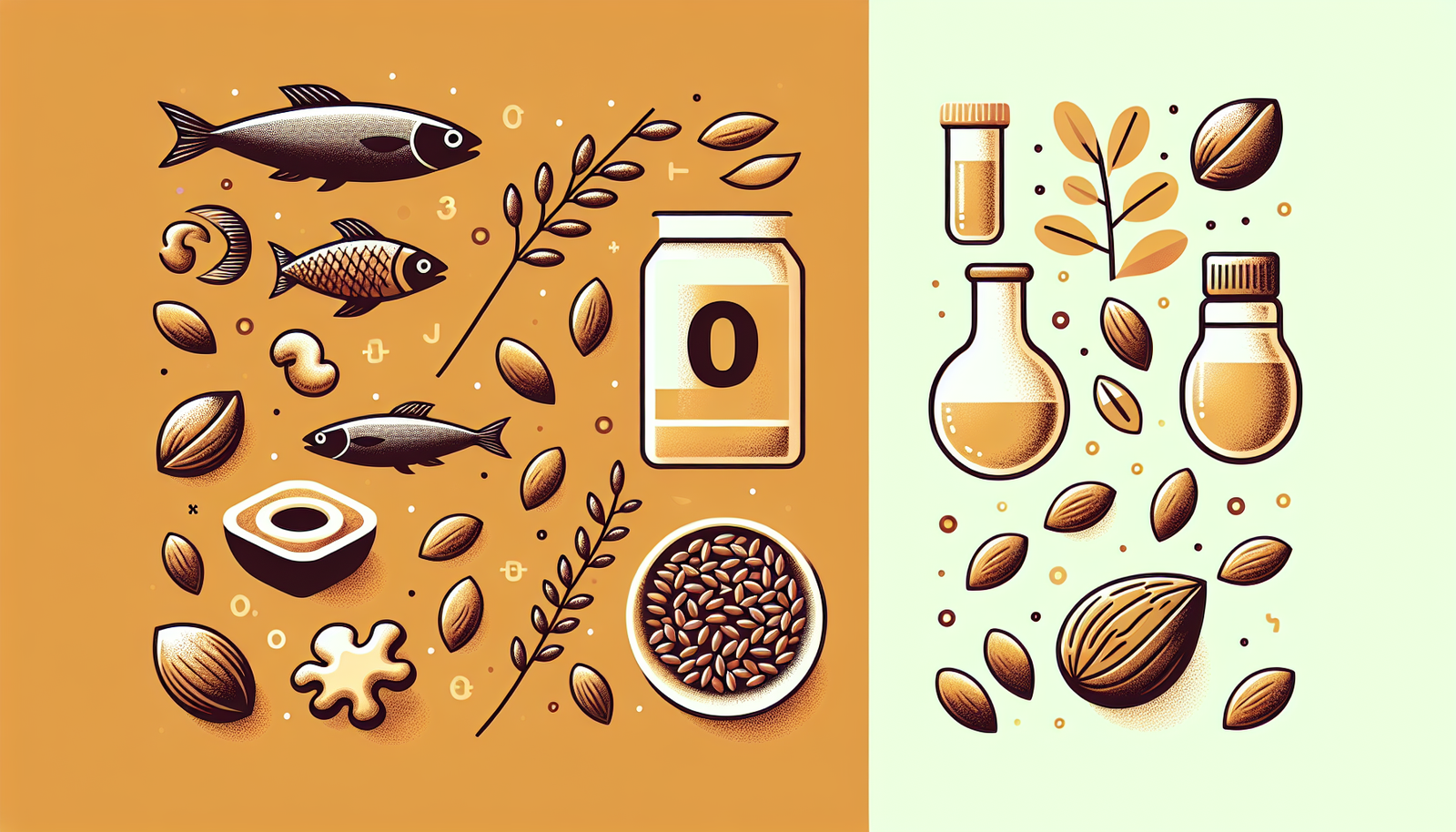The Role of Circulation in Overall Health
The Importance of Circulation in the Body
Circulation refers to the movement of blood throughout the body, an essential function carried out by the heart and blood vessels. This network not only delivers oxygen and nutrients to cells but also plays a critical role in removing waste products and toxins. When we think about health, circulation often takes a back seat to diet and exercise, but it is crucial to understand how vital it is for overall well-being.
Understanding the Circulatory System
The Heart: The Engine of Circulation
The heart is a muscular organ that pumps blood throughout the body, comprising four chambers: the left and right atria and the left and right ventricles. It operates in two main cycles: the pulmonary cycle, where blood is sent to the lungs to receive oxygen, and the systemic cycle, delivering oxygen-rich blood to the rest of the body.
Types of Blood Vessels
Blood moves through three main types of blood vessels:
- Arteries carry oxygenated blood away from the heart.
- Veins return deoxygenated blood back to the heart.
- Capillaries are tiny vessels that connect arteries and veins, facilitating nutrient and gas exchange at the cellular level.
How Circulation Affects Various Aspects of Health
1. Nutrient Delivery and Energy Levels
Good circulation ensures that essential nutrients are transported efficiently to organs and tissues. Nutrients from the food we consume, like vitamins, minerals, and glucose, are transported via the bloodstream. Without proper circulation, cells may become deprived of the energy they need to function optimally, leading to fatigue and low energy levels.
2. Waste Removal
One of the vital functions of circulation is to remove waste products, such as carbon dioxide and lactic acid, from cells. If these waste products accumulate due to poor circulation, they can lead to various health problems, including muscle fatigue, inflammation, and even organ dysfunction.
3. Immune Function
The circulatory system is critical for the immune response. White blood cells, antibodies, and other immune system components travel through the bloodstream to reach sites of infection or injury. Efficient circulation enables a faster, more effective immune response, helping to fend off infections and support recovery as needed.
4. Hormonal Balance
Hormones play crucial roles in regulating bodily functions ranging from metabolism to mood. The circulatory system transports these hormones to their target organs and tissues. Any disruption in circulation can lead to hormonal imbalances, affecting everything from reproductive health to stress management.
5. Temperature Regulation
Circulation assists in thermoregulation, helping to maintain a stable body temperature. When you’re too hot, blood vessels dilate, allowing more blood to flow to the skin’s surface to dissipate heat. Conversely, when you’re cold, blood vessels constrict to conserve heat. Proper circulation is vital for maintaining an optimal internal environment.
Factors Affecting Circulation
Age
As we age, our cardiovascular system undergoes changes. Arteries may become less elastic, and blood flow can become restricted, leading to reduced circulation. Older adults may also experience conditions like atherosclerosis, where the arteries harden or become blocked, further impeding blood flow.
Lifestyle Choices
Many lifestyle factors can significantly influence circulation:
- Diet: A balanced diet rich in fruits, vegetables, whole grains, and healthy fats supports healthy circulation, while excessive intake of saturated fats, sugars, and processed foods can lead to circulatory issues.
- Physical Activity: Regular exercise promotes blood flow and keeps the heart healthy. Sedentary lifestyles lead to poor circulation and related health issues.
- Hydration: Proper hydration is critical for maintaining blood volume and viscosity, ensuring smooth circulation.
Medical Conditions
Several medical conditions can impact circulation:
- Cardiovascular Diseases: Heart disease, high blood pressure, and other cardiovascular issues directly impair the circulation of blood.
- Diabetes: High blood sugar levels can damage blood vessels and nerves, affecting overall circulation.
- Peripheral Artery Disease (PAD): This condition narrows the arteries in the legs, reducing blood flow and causing symptoms like cramps and fatigue.
Body Position and Movement
Your body position and movement throughout the day can either support or hinder circulation. Sitting or standing still for extended periods can slow blood flow, leading to issues such as varicose veins and blood clots. Regular movement and changing positions can help keep circulation flowing smoothly.
Signs of Poor Circulation
Tingling or Numbness
A common early sign of poor circulation is a tingling or numb sensation in extremities. This can occur when blood flow is restricted, limiting oxygen and nutrient delivery to those areas.
Cold Hands and Feet
Experiencing cold extremities, even in warmer temperatures, can indicate inadequate blood flow. This can be a result of narrowing blood vessels or other circulation-related issues.
Swelling
Swelling in the legs, ankles, or feet often results from poor circulation. If the blood is not flowing correctly, it can lead to fluid retention and swelling in these areas.
Fatigue
Feeling unusually tired or fatigued can also signal poor circulation. When the body doesn’t receive enough oxygen and nutrients due to inadequate blood flow, overall energy levels may plummet.
Skin Color Changes
Skin may appear pale, bluish, or mottled if circulation is compromised. It’s crucial to pay attention to these changes, as they can indicate blood flow issues.
Enhancing Circulation for Better Health
Exercise Regularly
Physical activity is one of the most effective ways to improve circulation. Activities such as walking, running, cycling, and swimming stimulate the heart and get the blood pumping. Aim for at least 150 minutes of moderate aerobic activity each week, combined with strength training exercises.
Eat a Heart-Healthy Diet
Nutrition plays a significant role in circulation. Foods rich in antioxidants, omega-3 fatty acids, and fiber contribute to cardiovascular health. Incorporate foods such as:
- Berries: Loaded with antioxidants that improve blood flow.
- Fatty Fish: Salmon and mackerel are high in omega-3s, promoting cardiovascular health.
- Leafy Greens: Spinach and kale improve blood vessel function.
- Whole Grains: Help maintain healthy blood pressure and cholesterol levels.
Stay Hydrated
Water is essential for maintaining blood volume and circulation. Drinking sufficient water helps keep the blood at an appropriate viscosity and supports overall cardiovascular health.
Avoid Smoking
Smoking damages blood vessels and promotes plaque buildup in arteries, severely impacting circulation. Quitting smoking can lead to immediate improvements in circulatory health.
Manage Stress
Chronic stress can have detrimental effects on cardiovascular health. The body’s stress response can raise blood pressure and affect blood flow. Techniques such as mindfulness, meditation, and regular relaxation exercises can help manage stress levels and improve circulation.
Maintain a Healthy Weight
Excess weight can strain the heart and impede circulation. Maintaining a healthy weight through a balanced diet and regular exercise can enhance overall cardiovascular health. Consult with a healthcare provider to determine a healthy weight range for your body type and age.
Consider Compression Garments
For those with chronic circulatory issues or those who spend long hours sitting, compression garments can help support blood flow in the legs. These garments apply gentle pressure, helping veins move blood back to the heart more efficiently.
Regular Health Check-ups
Regular visits to a healthcare provider can help monitor blood pressure, cholesterol levels, and other factors that affect circulation. Early detection of potential issues can lead to timely interventions.
Alternative Therapies for Circulation Improvement
Massage Therapy
Massage can promote blood circulation by stimulating the blood vessels and relaxing muscles. Whether it’s a professional massage or self-massage techniques, this form of therapy can enhance blood flow, reduce muscle tension, and promote relaxation.
Acupuncture
This traditional Chinese medicine practice involves inserting fine needles into specific points on the body. Acupuncture is believed to improve circulation by enhancing blood flow and promoting energy balance in the body.
Essential Oils
Certain essential oils, such as rosemary or peppermint, may promote circulation when used topically or in aromatherapy. These oils can invigorate the senses while supporting improved blood flow.
Yoga and Stretching
Incorporating yoga or daily stretching into your routine can improve flexibility and blood circulation. These practices encourage oxygen-rich blood flow to the muscles and promote overall relaxation.
Conclusion
Circulation is a fundamental aspect of overall health that cannot be overlooked. Understanding the significance of good circulation and taking proactive steps to enhance it can lead to improved energy levels, better immune function, effective waste removal, and a healthier body overall. By prioritizing circulation in our health routines, we can pave the way for a more vibrant and active life.








